Patriarch Theophilos of Jerusalem
on the Holy Light
In an interview with the National Herald, Patriarch Theophilos of Jerusalem answered a few questions of interest regarding the annual miracle of the Holy Light (Holy Fire) which is celebrated in the Holy Sepulchre every Holy Saturday afternoon.
Regarding this Holy Light which although many say is a great miracle of Orthodoxy, others propose various theories to debunk this miracle, Patriarch Theophilos says the following:
"All the various perspectives and theories regarding the Holy Light come from people who are in complete ignorance, they have no religious sentiment even when they are disputed, and they do not want to receive the mystery of the divine economy, namely the Incarnation, beyond which I think all other things are redundant."


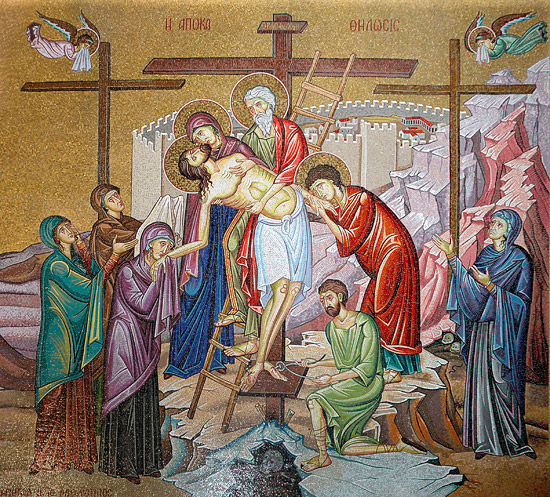

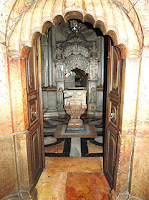
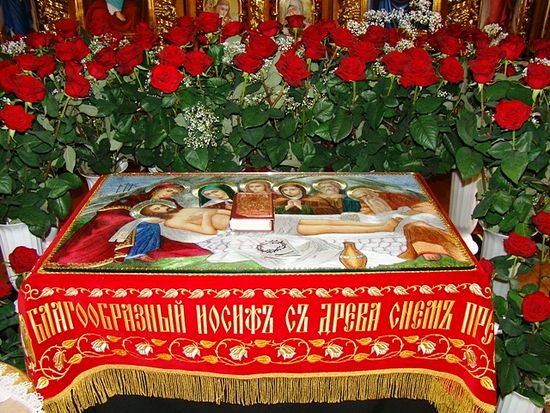
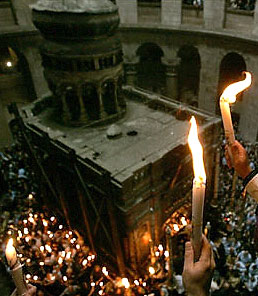





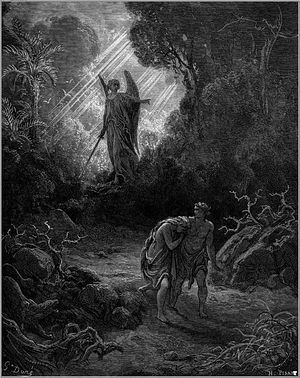
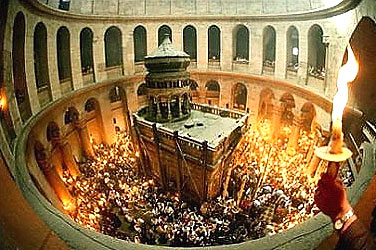










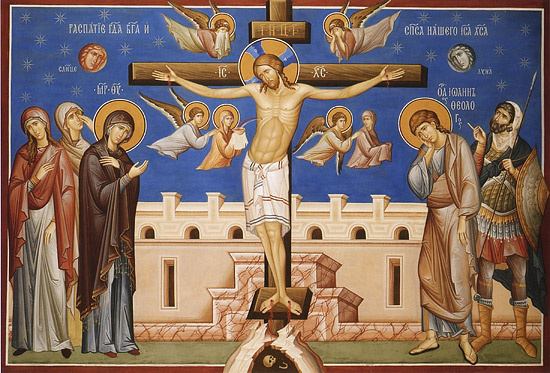


 On Great and Holy Friday the Orthodox Church commemorates the death of Christ on the Cross. This is the culmination of the observance of His Passion by which our Lord suffered and died for our sins. This commemoration begins on Thursday evening with the Matins of Holy Friday and concludes with a Vespers on Friday afternoon that observes the unnailing of Christ from the Cross and the placement of His body in the tomb.
On Great and Holy Friday the Orthodox Church commemorates the death of Christ on the Cross. This is the culmination of the observance of His Passion by which our Lord suffered and died for our sins. This commemoration begins on Thursday evening with the Matins of Holy Friday and concludes with a Vespers on Friday afternoon that observes the unnailing of Christ from the Cross and the placement of His body in the tomb.